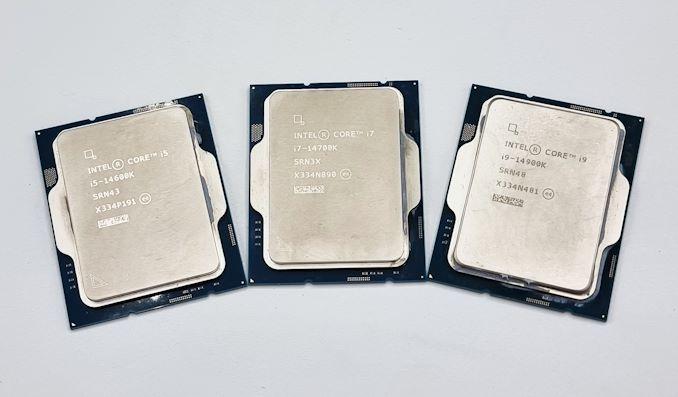Recently, Intel has unveiled a crucial update addressing stability issues related to its Raptor Lake desktop CPUs. These issues, attributed to excessive voltage delivered through the microcode, have prompted a swift response, with Intel promising a comprehensive fix set for August.
An Overview of the Raptor Lake Issue
Intel’s Raptor Lake processors have quickly become a pivotal component in the desktop CPU market, renowned for their performance and efficiency. However, recent reports and user feedback have highlighted instability issues which have been traced back to excessive voltage levels instilled by the microcode.
This microcode-related fault has led to an increased occurrence of system crashes and erratic behaviors, causing significant concern among users and system builders who rely on the reliability and performance Intel is known for.
Identifying the Root Cause
Through rigorous investigation, Intel has pinpointed the root cause of the instability to microcode that erroneously elevates voltage levels beyond safe operational thresholds. This issue affects the precise calibration essential for optimal CPU performance, leading to power instability.
Intel, acknowledging the concern, has committed to releasing a fix through a microcode update, expected to stabilize the affected Raptor Lake CPUs by August. According to Intel, “The microcode is designed to manage CPU behavior and can inadvertently influence power delivery – a balance we’re striving to perfect.”
Implications for Users and System Builders
The reported instability primarily affects systems under high computational loads, where voltage regulation is critical. System builders and tech enthusiasts have observed that these faults can lead to heightened power consumption and increased thermal output, factors that can reduce the longevity of their systems.
Furthermore, those who overclock their processors may face compounded issues, as overclocking often involves fine-tuning voltage settings. The excess voltage caused by the microcode fault could push their systems to unstable limits, resulting in potential hardware damage.
Intel’s Swift Response
Intel’s proactive approach in addressing the issue underscores their commitment to user satisfaction and system reliability. By formulating a fix scheduled for August, Intel aims to restore confidence among their user base and mitigate any long-term impact on their reputation.
In their official statement, Intel reassured users and system builders alike, stating “We are dedicated to resolving this matter with all due speed and ensuring our customers continue to enjoy the high standards they’ve come to expect from Intel products.”
What This Means for the Future
Going forward, Intel’s handling of this situation could set a benchmark for how tech giants address similar issues. The transparency and prompt action in addressing Raptor Lake instability will likely enhance trust and loyalty among their customers.
For consumers, the forthcoming fix represents assurance that their investment in Raptor Lake CPUs will continue to deliver the expected performance and reliability. For Intel, this serves as a valuable lesson in preemptive quality control and customer communication.
Technical Insights and Solutions
Intel’s microcode updates play a crucial role in fine-tuning CPU performance post-manufacture. While beneficial for software-based enhancement of hardware, any errors can propagate issues like those seen with Raptor Lake. The forthcoming update aims to recalibrate voltage settings, ensuring stability without sacrificing performance.
Users experiencing problems are advised to monitor Intel’s official channels for the release of the update. Additionally, they should ensure that their BIOS and system firmware are kept up to date to facilitate the smooth application of the forthcoming fix.
Steps to Prepare for the Update
- Monitor official Intel announcements and updates.
- Ensure BIOS and firmware are updated to the latest versions.
- Document system settings in case a rollback is necessary.
- Prepare for a potential system reboot post-update.
- Engage with Intel’s customer support if stability issues persist after the update.
Conclusion
Intel’s prompt response to the Raptor Lake instability issue highlights their dedication to product quality and customer satisfaction. By addressing the microcode-induced voltage errors with a planned fix in August, Intel assures users of continued performance and reliability.
For users and system builders, it is a timely reminder of the importance of keeping system software updated and the proactive measures being taken by leading technology companies to ensure the best possible user experience.
Source
For further details, please read the original article on AnandTech.

Hozzászólások